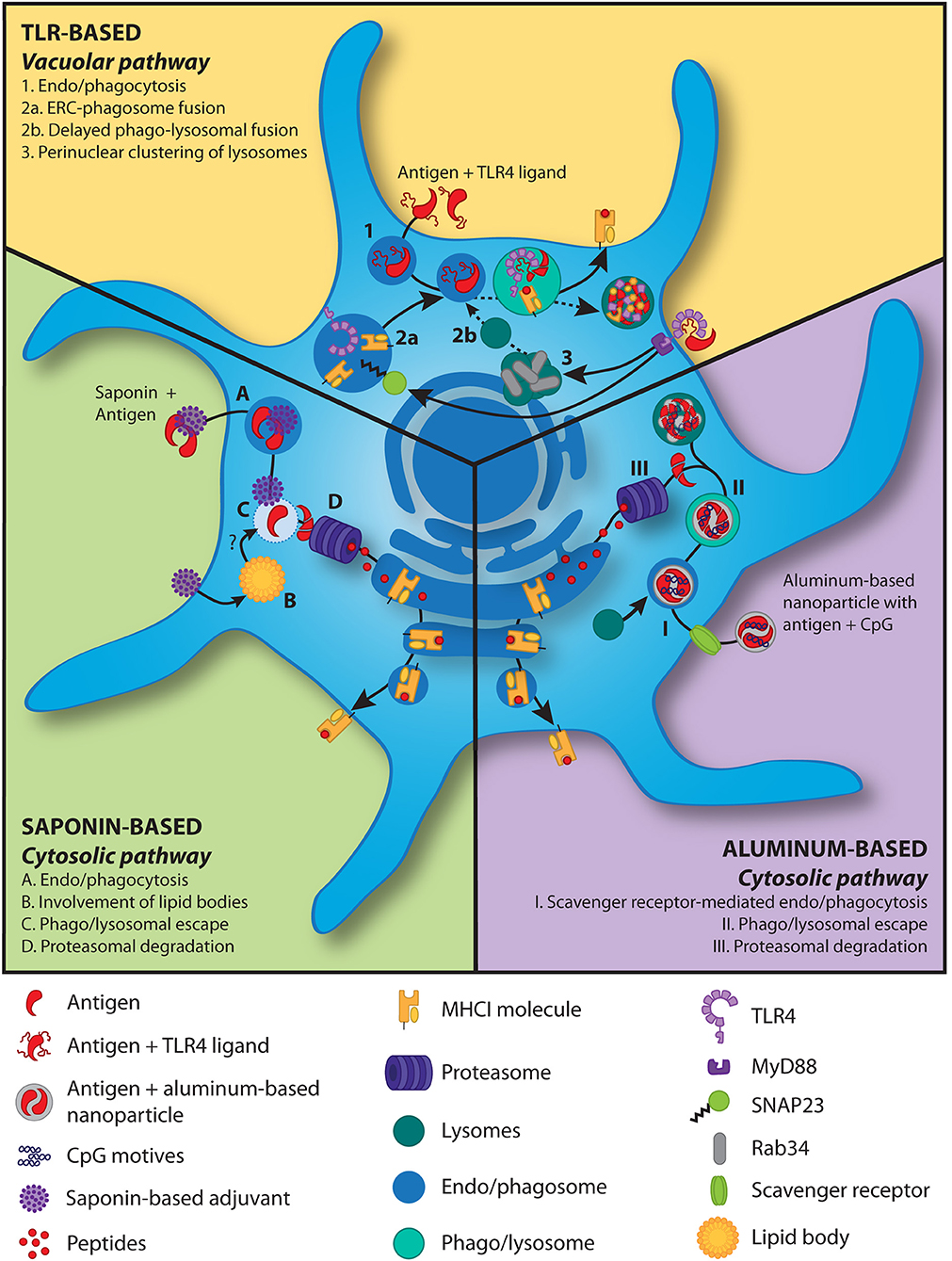
22, – 26 Diseases causing nutrient malabsorption, such as inflammatory bowel disease, celiac disease, and cystic fibrosis, are associated with delayed bone age. 21 Children with cancer or cardiac, liver, or kidney disease potentially have delays in skeletal maturation. Children who are born prematurely may have long-standing skeletal maturation delays, and bone age may continue to be slightly delayed until the child is 8 years old.
#TSM 4 HOW TO SEARCH FOR BOES SERIAL#
19 Serial bone ages and accurate height measurements over time are recommended for continually assessing progress when growth is a concern.Ĭhildren with chronic diseases may have a delayed bone age because of the disease process, whereas others have normal skeletal maturation. 20 Overall, final adult height predictions have been slightly more accurate for girls than for boys. 19 Conversely, in children with idiopathic short stature and normal bone age, final adult height predictions have been underestimated.

Among children with a 4-year delayed bone age, final adult height has been overestimated by 8 cm. 17, 18 Although many methods exist to predict adult height, caution is required in making these predictions. Many children evaluated at a referral center for short stature have familial short stature in combination with coexisting constitutional delay. 17, 18 In contrast, children with familial short stature are short because they have short parents the children have a normal bone age and are destined to be short like their parents. 16 The conventional definition of constitutional delay is a bone age at least 2 years less than chronologic age in combination with associated short stature, delayed puberty, or reaching final adult height later than peers. Although many processes result in a delayed bone age ( Table 1), constitutional delay (late bloomer) is 1 of the most common causes of a bone age delay and short stature. Many of the contemporary methods of bone age determination may be calibrated to individual populations and hold promise to perform better in a wider range of ethnicities, but more data are needed.Ī traditional use of bone age has been to assess a child’s growth and future height potential, particularly when a patient presents with concerns about short stature or poor growth. Researchers suggest there is evidence that indicates the bone ages obtained from current methods are less generalizable to children of other ethnicities, particularly children with African and certain Asian backgrounds.

In modern studies, researchers have explored the accuracy of bone age across various ethnicities in the United States. Current methods of assessing skeletal maturation are derived from primarily white populations. Given the significant implications when bone ages are used in high-stake decisions, it is necessary to recognize recently described limitations in predicting accurate age in various ethnicities and diseases. In addition, new nonclinical bone age applications are evolving, particularly pertaining to immigration and children’s rights to asylum. New technology for bone age determination includes computer-automated readings and assessments obtained from alternative imaging modalities. Bone age continues to be a valuable tool in assessing children’s health. Pediatricians have relied on methods for determining skeletal maturation for >75 years.


 0 kommentar(er)
0 kommentar(er)
